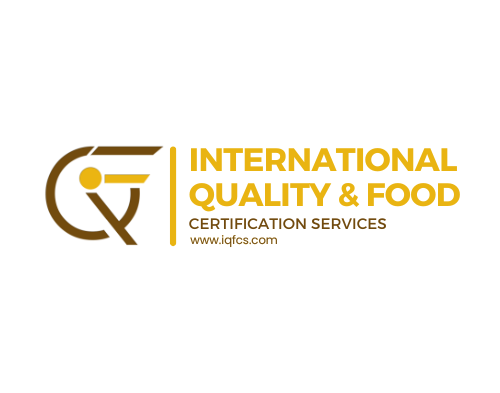BRC (British Retail Consortium) Global Standards
The BRC Global Standards are a set of internationally recognized certifications that set the benchmark for food safety, quality, and operational excellence across the food, packaging, and consumer products sectors. Initially developed by the British Retail Consortium (BRC), the standards provide a framework for organizations to demonstrate compliance with food safety regulations and ensure the highest standards of product safety and quality.
The BRC certification is one of the most widely accepted food safety standards globally, recognized by the Global Food Safety Initiative (GFSI). It is used by organizations to ensure that their food products are safe, legal, and of the highest quality, while also meeting customer and regulatory requirements.
More about BRC Certification:
BRC Certification provides a framework for organizations to implement food safety management systems, ensuring that they meet the highest standards of food safety, product quality, and consumer protection. The BRC standards cover several industries, with the most common being BRC Food Safety, BRC Packaging, and BRC Storage & Distribution.
The certification is designed for organizations that process food or food-related products and is intended to manage food safety risks effectively, mitigate the chances of foodborne illness, and ensure consistency in product quality. BRCGS certification is recognized by major food retailers, manufacturers, and stakeholders across the globe, making it a critical credential for organizations in the food supply chain.
How to Get BRC Certification?
- Application for Certification:
- Organizations seeking BRC certification must apply through an accredited certification body. The application will include details about the company’s operations, products, and processes.
- Pre-Audit and Gap Analysis:
- Some organizations may opt for a pre-audit or gap analysis to identify areas of improvement before undergoing the official BRC audit. This is an optional step but can help ensure that the organization is fully prepared for the audit.
- Internal Audit and Document Review:
- Organizations must implement the required food safety management systems and documentation to meet the BRC standards. This includes procedures for hazard analysis, critical control points, product testing, and quality management systems.
- On-Site Audit:
- The next step involves an on-site audit by a BRC-accredited auditor. The auditor will assess whether the organization is in compliance with the relevant BRC standard and food safety practices. This audit includes reviewing operational practices, inspecting facilities, and interviewing staff.
- Certification Decision:
- Based on the audit findings, the certification body will make a decision. If the organization meets the BRC standards, they will be granted certification. If non-conformities are identified, the organization will be given time to address them before certification is granted.
- Surveillance Audits:
- After certification is granted, regular surveillance audits are conducted to ensure that the company maintains compliance with BRC standards. These audits are usually conducted annually or bi-annually.
- Recertification:
- BRC certification is typically valid for one year. After the certification period, the organization must undergo a recertification audit to ensure continued compliance with the BRC standards.
Benefits of BIS Certification :
- Enhanced Food Safety: BRC certification helps organizations implement robust food safety practices that prevent foodborne illnesses, contamination, and recalls. This ensures that food products are safe for consumers and meet regulatory standards.
- Market Access and Global Recognition: BRC certification is widely accepted by major retailers, food manufacturers, and industry stakeholders worldwide. It opens doors to new markets and customer opportunities, particularly in global supply chains.
- Compliance with Legal and Regulatory Requirements: By adhering to BRC standards, organizations ensure compliance with food safety and regulatory requirements in the countries where they operate. This reduces the risk of legal issues, fines, and product recalls.
- Improved Product Quality and Consistency: BRC certification helps organizations standardize their processes and improve the consistency and quality of their food products. This enhances customer satisfaction and builds brand loyalty.
- Competitive Advantage: BRC certification is recognized as a mark of excellence in food safety and quality. Achieving certification gives businesses a competitive edge by demonstrating their commitment to high standards and consumer safety.
- Risk Management and Continual Improvement: The BRC standard emphasizes the importance of risk assessment, continuous monitoring, and continual improvement. Organizations are encouraged to regularly evaluate their systems and processes to identify areas for improvement and reduce food safety risks.
- Consumer Confidence: The BRC logo on food products assures consumers that the product has been produced, handled, and transported according to internationally recognized food safety and quality standards. This enhances consumer trust and confidence in the brand.
- Supply Chain Management: BRC certification helps improve supply chain management by ensuring that all suppliers and partners meet the same high standards. This reduces the risk of disruptions and increases transparency in the food production and distribution process.
Are You Looking For
BRC Certification
The BRC Global Standards are a set of internationally recognized certifications that set the benchmark for food safety, quality, and operational excellence across the food, packaging, and consumer products sectors.
BRC Certification provides a framework for organizations to implement food safety management systems, ensuring that they meet the highest standards of food safety, product quality, and consumer protection.







